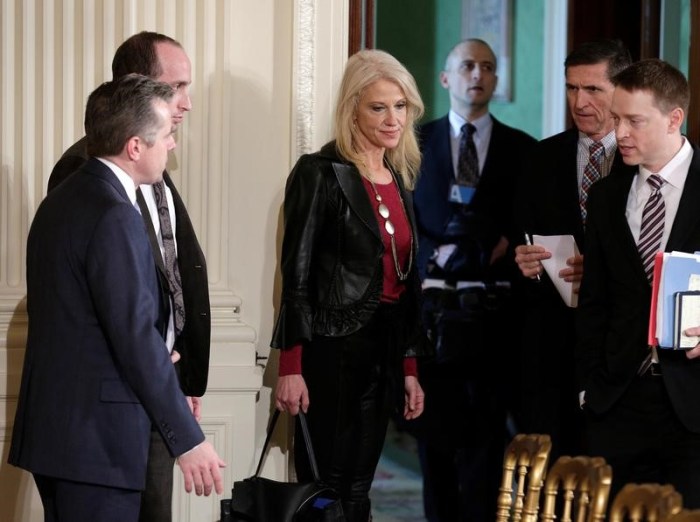Eric Garner, Michael Brown, Tamir Rice — their deaths sparked nationwide outrage from those who say there is a connection between racism and police brutality, and received nationwide criticism from those who argue that black people just have more interactions with police.
Now, experts have weighed in to say that racism is a factor when unarmed black victims die at the hands of police, according to a new study out of Boston University.
States across the country with more structural racism have a higher racial disparity when it comes to fatal police shootings of unarmed victims, researchers at BU’s School of Public Health found.
The study, published recently in the Journal of National Medical Association, is the first of its kind, BU said.
Though there is plenty of data on how use of force by police is more likely to affect black communities — studies have shown that police kill black people at disproportionate rates and even that officers are less respectful to black drivers — there has yet to be an examination into the connection between those racial disparities and “structural racism” at the state level, according to BU.
Structural racism pertains to the social forces, systems and institutions that reinforce inequalities. For this study, researchers created an index of structural racism at the state level, measuring “residential segregation and disparities in economic status, employment status, educational attainment and incarceration rates.”
Researchers also looked at data on fatal police shootings of unarmed victims between Jan. 1, 2013, and June 30, 2017, from the Mapping Police Violence Project.
As a state’s racism index increased, the researchers found, so did the ratio measuring the disparity between police shootings of unarmed black and white victims.
“This suggests that the higher rates of fatal police shootings of unarmed black victims are not merely a result of more interactions between police officers and black suspects,” said co-author Anita Knopov in a statement. “Instead, our results indicate that in some states, there is a systematically different response based on the race of the suspect.”
The racism index was on a scale of 0 to 100, with higher numbers representing more residential segregation and greater gaps in economic status, employment status and so on.
Looking at segregation led to the biggest association with police shootings, researchers said. For every 10-point increase in a state’s racial segregation index, there was a 67 percent increase in that state’s ratio of police shooting rates of unarmed black victims to unarmed white victims.
Wisconsin had the highest state racism index according to the study (at 74.9 out of a rating of 100). There, the rate of unarmed black people shot by police was 15.9 times higher than the rate at which unarmed white people were shot by police.
Montana, the state with the lowest racism index, showed no difference in the rate at which unarmed black and white people were shot by police.
This is not the ratio of the number of people shot, senior author and BUSPH professor Michael Siegel clarified, but the ratio of the rates at which people were shot, which does account for the differences in a state’s black and white populations.
Structural racism is an “important predictor of the black-white disparity in rates of police shootings of unarmed victims across states,” researchers said, and they believe the next step is to look at this relationship on the city level.
“This research should change the conversation about the problem of police shootings,” Siegel said in a statement.
“Part of the resistance to openly discussing this issue is that many people feel offended by criticism of people who are risking their lives to protect all of us,” he continued. “Our study suggests that this problem is not simply about the actions of individuals, but about the actions of all of society. Hopefully, reframing this from an individual to a societal problem will pave the way for a meaningful discussion about institutional and structural racism.”
























